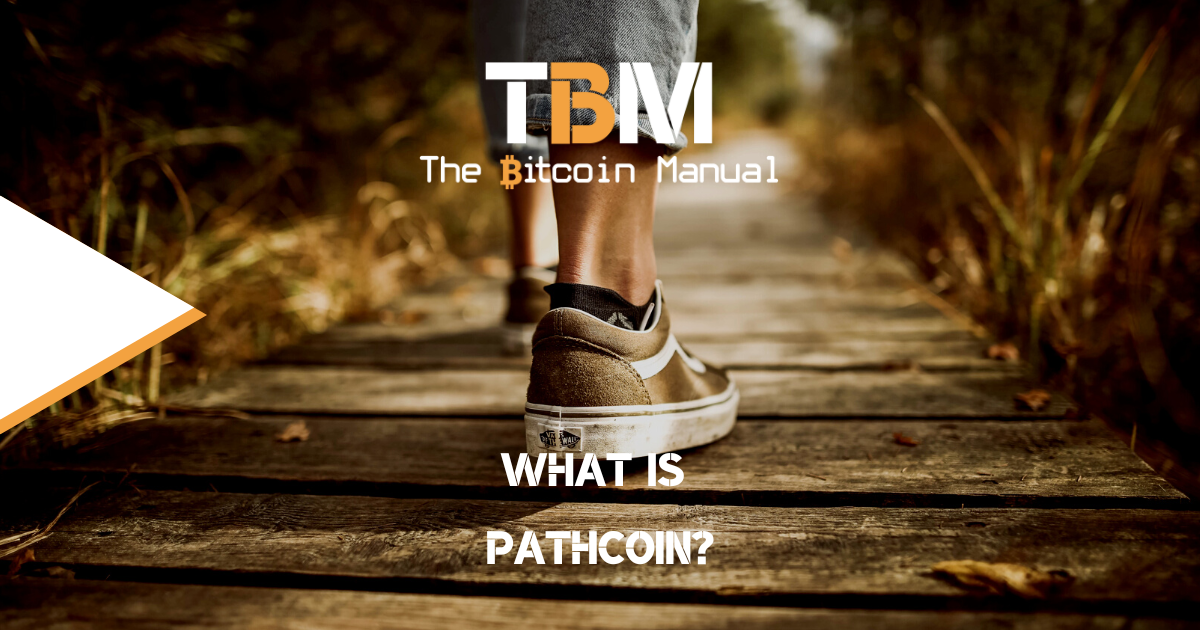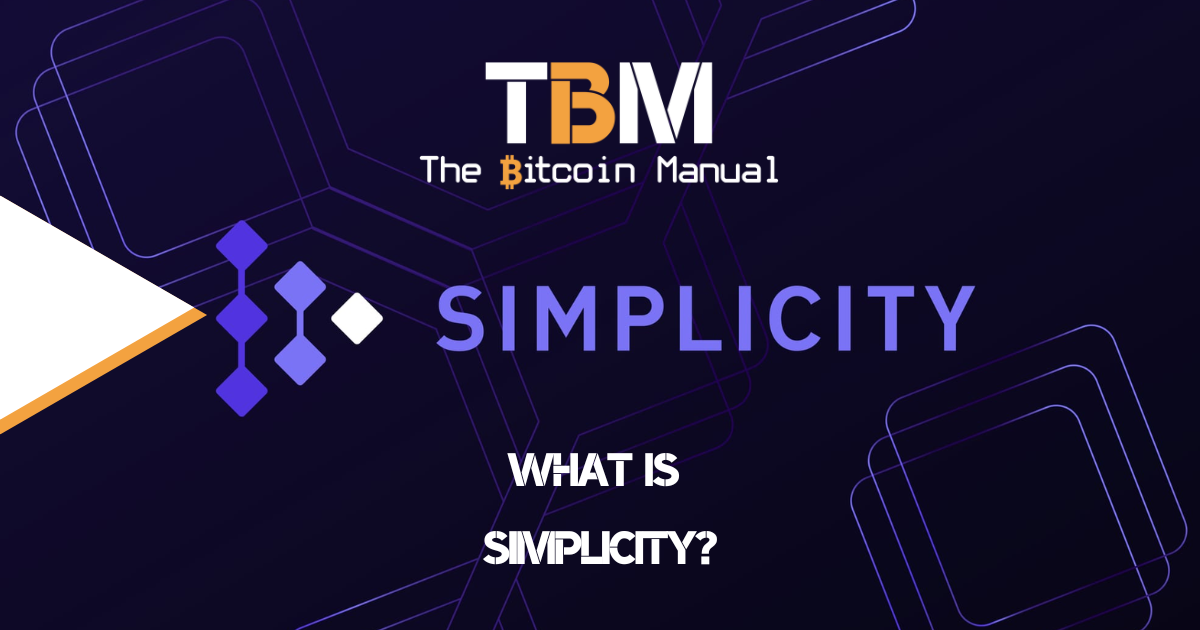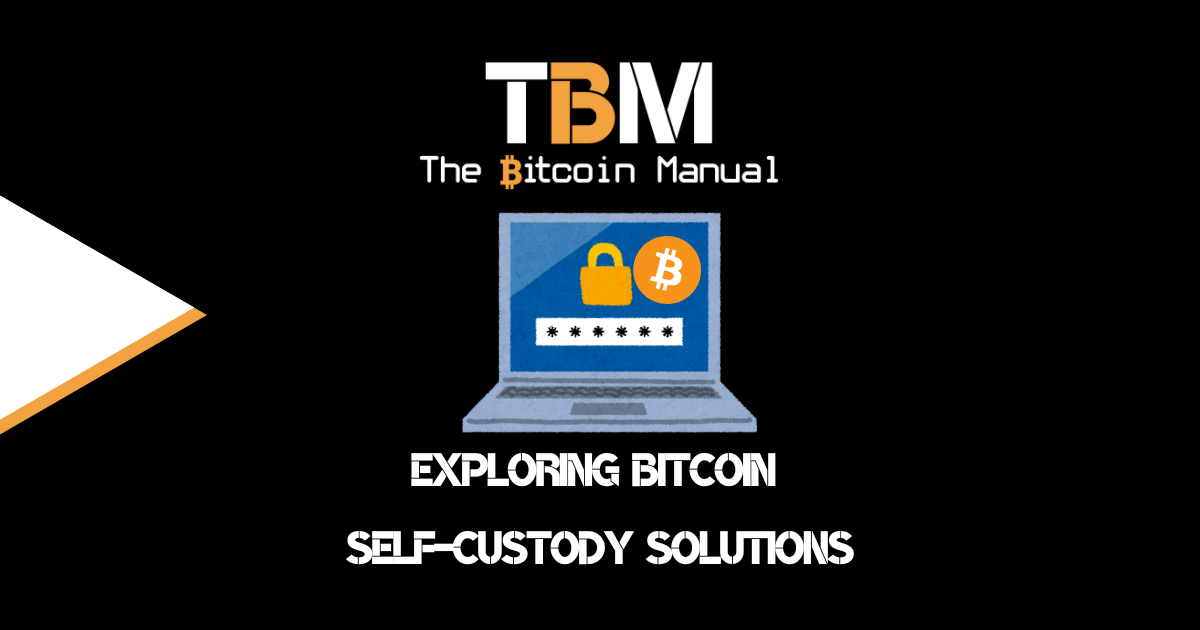We’ve all heard of Bitcoin as a digital currency, a revolutionary way to exchange value online. Internet native money used by cartels to launder money, ones and zeros used to purchase drugs via online marketplaces, and digital beanie babies are ideal for somewhere scams.
Yes, Bitcoin has been used for those types of transactions, but it has also been used to purchase goods and services or remit money across the globe; this value exchange network is robust enough to handle many a use case.
But what if Bitcoin’s potential goes far beyond simple transactions?
Bitcoin is more than just digital money or a speculative vehicle for trading in and out and making millions. It is a technology, a platform, and it’s programmable, and we’ve yet to realise its full possibilities.
I know the B-cash crowd and the rest of the altcoin promoting hopium holders will dismiss this aspect of Bitcoin. Still, its unique characteristic unlocks a universe of possibilities regarding payments. Imagine a world where Bitcoin can be tailored to fit any situation, from buying groceries to rewarding your favourite streamer in real-time, without relying on traditional financial systems.
Like it or not, Bitcoin is shaping the future of finance, creating solutions for diverse use cases. From the tech-savvy early adopters to the everyday consumer to facilitating payments in the harsher climates, where internet and electricity are scarce and access to infrastructure is limited.
Bitcoin’s programmable nature has something to offer everyone.
Bitcoin bearer assets
The majority of Bitcoin transactions are executed online, either on the base chain or through one of the second-layer networks. Still, only some transactions require the Internet or a device. The simplest way of transferring funds outside a blockchain confirmation is to generate a wallet or wallets, fill them with Bitcoin, and then pay another person using the private key.
This method has some issues since the person who created the wallet could always sweep the funds after making the payment, while verifying funds without an internet-connected device is impossible.
The next step up from handing over private keys would be to use tools like OpenDime and Satscards to allow offline spending and function like digital bearer assets.
OpenDime is a small USB stick that allows you to spend the Bitcoin you’ve pre-funded on the device. You can hand over the device, and the receiver would need to break the seal to access the funds, which requires less trust at the point of transfer.
Evolution of @OPENDIME pic.twitter.com/nwz2gIPEIN
— hodlokeys 🔑 (@hodlokeys) November 25, 2020
Satscards are physical cards pre-loaded with Bitcoin. By swiping the card on a compatible reader, you can initiate an offline transaction, spending a set amount without needing an internet connection. These tools offer more control and security for small, offline Bitcoin transactions.
The problem with these methods is that they need to be more clunky, require some technical competence on both ends, and the funds need to be the size of a viable on-chain transaction (similar issue with statechains) in the future. If you want to purchase a big ticket item and you’ve agreed a fee in Bitcoin and want to avoid blockchain confirmations, then bearer asset Bitcoin is an option.
What is Pathcoin?
Pathcoin by Waxwing is a concept that aims to create a way for coins to be transferred using covenants and provide an alternative approach to the physical bearer transfer of Bitcoin. Instead of handing over a piece of hardware like OpenDime, you’re using software to create conditions allowing you to hand over funds similarly.
A Pathcoin transaction would allow you two users to transact offline and hand over the payment rights (private key) to an amount of on-chain Bitcoin.
Payments are peer-to-peer and could be made in person or across a secure line of communication. Fund claims are transferred much like data is transferred in emails—directly from one party to another using only software.
What is behind Pathcoin?
The idea of Pathcoin works by leveraging signature adaptors and covenants, such as Congestion Controlled Transaction Verification (CTV), to facilitate a fully trustless transfer of control over a UTXO (Unspent Transaction Output) without needing interaction with the rest of a group at the time of transfer.
The idea relies on a significant amount of one-time setup and has several limitations acknowledged as extreme. Pathcoin would use mechanisms to create a flow of money like “airlocks” or UTXO prisons, moving forward specifically when transferring secret preimages between parties in a chain of participants (e.g., ABCDE).
Pathcoin comes in two distinct flavours: The Optimistic Path.
The concept also involves CTLCs (Covenant Time Locked Contracts), but it allows you, the payer, to set everything up, specify the amounts and spending conditions, and then simply hand over the way to the claim file or script. Payment is made by sending secrets that allow the next recipient in the chain to continue the transaction.
In a model like this, you already know how much you need to pay and who you will pay, so there’s no need to set up penalties or fund an escrow. Transactions can be settled offline immediately, with no need to worry about the current on-chain fees or how expensive block space is at the time of transaction.
The receiver can then use their claim to sweep the funds when the chain is in a state of less congestion or when they need to access those funds.
The other flavour of Pathcoin is the multiparty exchange Path.
This second option requires a lot more complexity and uses MuSig is, a multi-signature scheme that enables multiple parties to sign a single message or transaction jointly.
In this case, once you receive your Pathcoin, you don’t need to wait for a time lock to expire; you can spend it immediately, but you would need to fund it with collateral to avoid double-spending since we don’t know how other recipients of the Pathcoin will use it.
- Only keypath P2TR spend is required for setting it up
- The path can be expanded, and repeat payments can since there is no timelock
- Penalties (CTLC) imply 100% collateral
Problems along the path
Any solution for transferring funds without a block confirmation makes tradeoffs that require different enforcement methods. For example, if you are paired with an unscrupulous party in the Lightning Network, you have watchtowers keeping eyes on channel states, and as a user, you can always issue a Justice transaction to claim your funds.
The stick that is the penalty transaction is what hopefully keeps peers honest, but what case is there for enforcement with a Pathcoin transaction?
Keeping everyone to their bond
The fidelity bond concept is widely known. In its traditional sense, it exists to be used as a penalty for a contract violation, and that’s how we’d use it here. In the case of a Pathcoin, bonds can be pre-funded as a condition of transferring the coin to the next user. If a double-spend occurs, the payee could execute a command to claim the bond and penalise the malicious actor.
Burns don’t always work
Anotehr option is a mutually assured destruction approach which might only occasionally deter some users. Criminals might not want to act rationally if they’re convinced or don’t care about the possible downside and would take the risk; it leaves honest users without a way to protect themselves.
Burning coins as penalties for contract enforcement can only deter so many situations, but if honest actors could issue a claim against colluders and strip them of their funds, then this might be a better solution.
If you can prove that you and others in the Pathcoin group have acted according to the conditions, and only the guilty party suffers and, in return, pays the rest, this type of enforcement could deter even the worst collusion attempts where only one user was honest.
No easy fix shows why on-chain final settlement is worth the cost
The complexity of coordinating punishment in scenarios with multiple paths, alongside the game theory issues associated with punishment-by-burn strategies, underscores the difficulty in creating a stable, trustless system using the principles laid out in the Pathcoin idea.
These discussions reveal deep-rooted challenges in achieving Pathcoin’s envisioned functionality without compromising on security, trustlessness, or practicality.
Discussion on Pathcoin
If you’re interested in an in-depth discussion on the Pathcoin concept, check out this interview below.
Do your own research.
If you want to learn more about Pathcoin, use this article as a starting point, and don’t trust what we say as the final word. Take the time to research, check out their official resources below, or review other articles and videos tackling the topic.
- Pathcoin
- GitHub – Pathcoin
- https://lists.linuxfoundation.org/pipermail/bitcoin-dev/2022-January/019809.html
- https://lists.linuxfoundation.org/pipermail/bitcoin-dev/2023-November/022123.html
- https://lists.linuxfoundation.org/pipermail/bitcoin-dev/2022-January/019810.html
- https://lists.linuxfoundation.org/pipermail/bitcoin-dev/2022-January/019811.html
- https://lists.linuxfoundation.org/pipermail/bitcoin-dev/2022-January/019827.html
- https://lists.linuxfoundation.org/pipermail/bitcoin-dev/2022-January/019836.html




